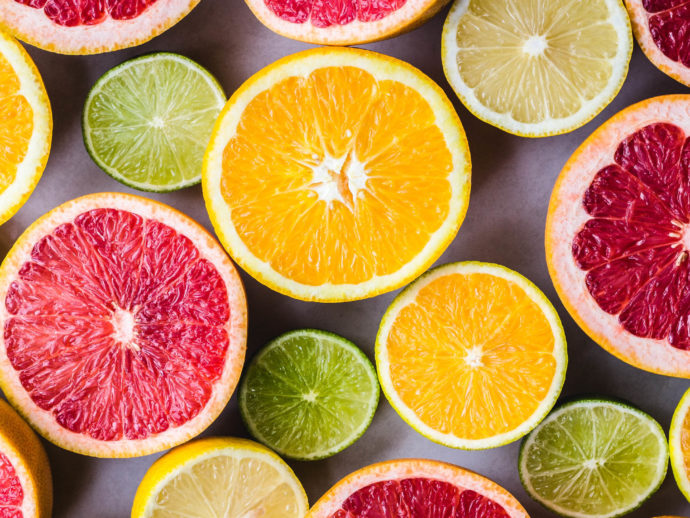Here’s what you need to know
“Antioxidant.” Though it’s on labels for everything from chocolate bars to facial serums, many of us have a limited understanding of the role these super fighters play in keeping us healthy. Let’s start at the beginning.
What are antioxidants?
Anti means to oppose, to prevent, or to fight against.
Oxidant, or oxidizing agent, is something that creates oxidation of molecules in our bodies which can create cellular byproducts like free radicals.
Free radicals are continually generated in our bodies as byproducts of our normal, healthy metabolic activities like digesting foods into energy and exercising. They’re also generated in response to exposure to environmental sources like cigarette smoke, air pollution, and sunlight.
Free radicals have an uneven number of electrons, a condition that makes them unstable. In their quest to stabilize themselves, they grab electrons from other nearby molecules. As free radicals take electrons from other molecules, altering their structure or function, the molecules become unstable; this can lead to oxidative stress. (Free radicals can also be beneficial, helping to kill germs and helping hormones and chemical messengers communicate with cells.)ADVERTISEMENT
What does oxidative stress do?
When free radicals create oxidative stress, cell and tissue damage can result, which, if widespread enough, can lead to disease. It may play a role in a variety of diseases including cancer, cardiovascular diseases, and diabetes.
Antioxidants “donate” electrons
Antioxidants work by donating electrons to free radicals, stabilizing them and halting their destructive potential.
Food-based antioxidants: where to look
It’s important to focus on good nutrition and to emphasize intake of a wide range of antioxidant-rich foods. To increase the antioxidant content of your diet, reach for a variety of brightly colored fruits and vegetables. Foods such as leafy greens, beets, carrots, and berries are rich in antioxidants—as well as other health-promoting nutrients.
| Antioxidant | Where you can find them |
| beta carotene | carrots, spinach, lettuce, tomatoes, sweet potatoes, broccoli, cantaloupe, and winter squash (the more intense the color, the more beta carotene is in the fruit or vegetable) |
| lutein | broccoli, spinach, kale, corn, orange pepper, kiwis, grapes, orange juice, zucchini, squash |
| lycopene | tomatoes (and tomato products like ketchup, tomato juice, sauce), watermelons, red oranges, pink grapefruits, apricots, rosehips, guavas |
| vitamin A | salmon, dairy products, green leafy vegetables, other green, orange, and yellow vegetables (broccoli, carrots, squash), fruits (cantaloupe, apricots, mangos) |
| vitamin C | bell peppers, broccoli, baked potatoes, kiwis, citrus fruits, guava, papaya, berries, tomatoes (most fruit and greens are a decent source of vitamin C) |
| vitamin E | wheat germ oil, nuts and seeds (almonds, hazelnuts, sunflower seeds, flaxseeds), spinach, broccoli |
| selenium | Brazil nuts, other nuts, oysters, cod, tuna, poultry, eggs, sunflower seeds, chia seeds, couscous, yogurt |
| zinc | oysters, poultry, seafood (crab, lobsters), beans, nuts (cashews, almonds), whole grains, dairy products (yogurt) |

